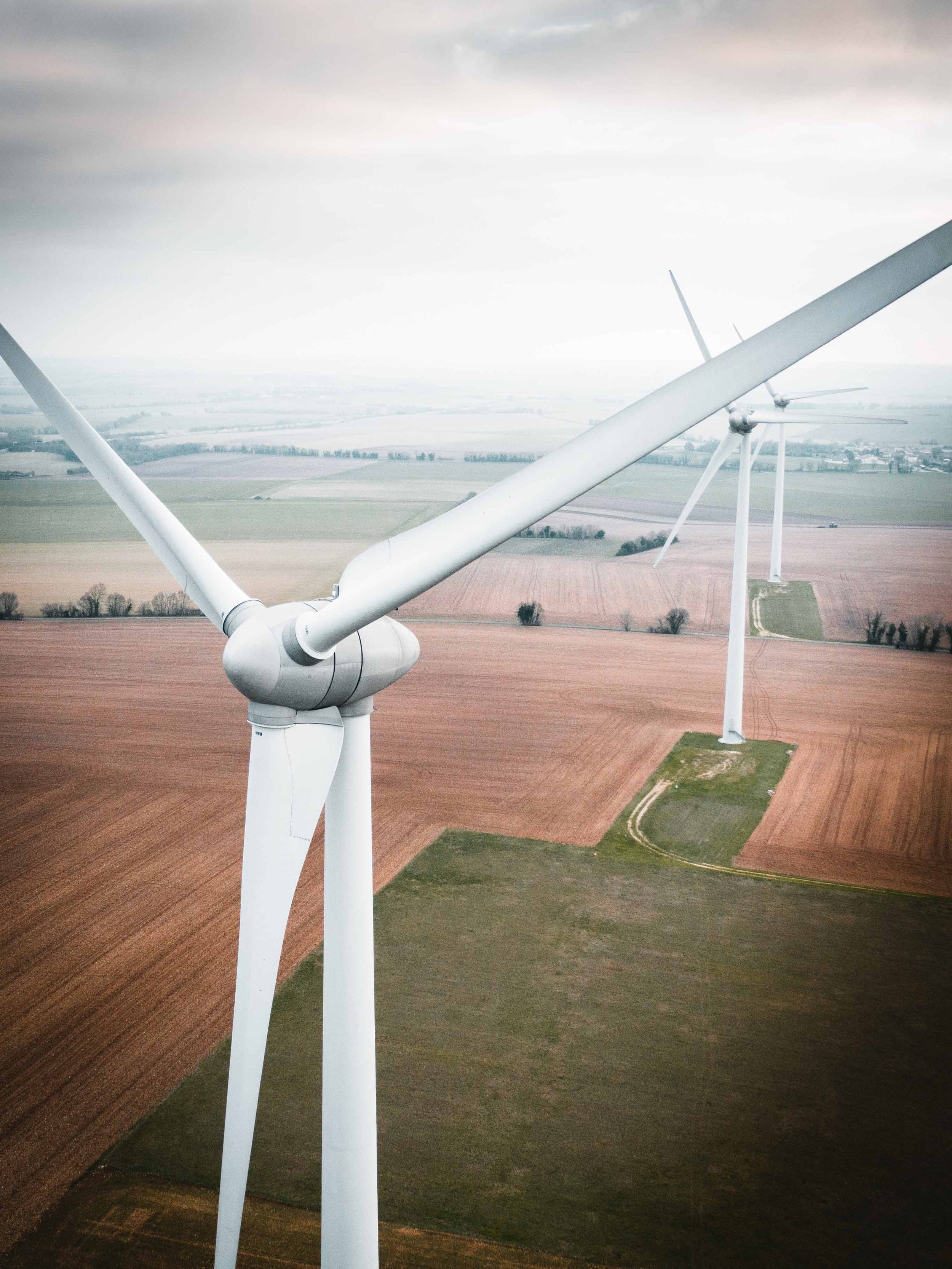
How We Invest
We combine a robust sustainability framework with deep fundamental investment research and then take a very long term investment horizon.
How We Identify Impactful Investments
We have a multi-step Sustainability Research Framework that helps us identify the most impactful companies.
In order to narrow the vast universe of publicly listed companies to only the most impactful ones, we start with an AI Powered Screen.
With automation, we lose context… so to delve deeper, our Analysts are guided by the results from the AI powered screen to conduct further analysis. The analysis is based on the Impact Management Project (“IMP”), considering the impact achieved across five dimensions: What, Who, How Much, Contribution, and Risk.
After considering the five dimensions, we can then classify each company along a spectrum of impact: Causing Harm, Act to Avoid Harm, Benefit Stakeholders, Contribute to Solutions.
“Our goal is to skew the portfolio towards companies that are Contributing to Solutions, while avoiding those that are Causing Harm.”
5 Dimensions of Impact
-
What outcome(s) do the investment activities drive, and which United Nations Sustainable Development Goals are they targetting?
-
Who experiences the outcome? Is it the employees, environment, customers, society or suppliers? The level of impact can differ depending on who is being targetted. For example, lifting the wages of the lowest paid workers is more impactful than lifting the wages of senior executives.
-
What is the scale and significance of the impact and how meaningful it is to the beneficiaries and stakeholders involved?
-
What is the additionality or in another words, how much of the impact can be directly attributed to the project's efforts? We question whether the impact would have been created regardless of the company or investment.
-
Like in traditional investment theory, there is risk to whether impact is delivered or not. We need to consider the risk of the company or investment being unsuccessful in achieving its intended level of impact.
Classification Spectrum
-
Companies and investments that are causing harm to stakeholders.
-
Minimum obligations and requirements a company has to all stakeholders including their customers, staff, the environment and shareholders are met. These companies mitigate operational and reputation risk, but do not contribute to positive change. These companies are usually managing their ESG risk.
-
These are companies that are actively benefiting stakeholders in addition to avoiding harm. Such companies may be offering an attractive working environment for staff, or converting their energy usage to renewable energy etc. B companies are generally motivated by financial outperformance over the long term, and often referred to as pursuing ESG opportunities.
-
These are companies that are contributing to solutions using their full capabilities. They tend to focus on finding solutions to pressing problems impacting the most underserved individuals.
Ethical investing now for tomorrow
Ethical investing now for tomorrow
Ethical investing now for tomorrow Ethical investing now for tomorrow
How We Identify High Returning Investments
ELM Responsible Investments is an ethical and sustainable investment fund manager looking to invest in the most impactful companies. However, we are also profit-seeking, and conduct fundamental, bottom up analysis with the goal of investing in the highest returning opportunities. We have a preference for high quality companies with strong competitive advantages that possess a unique, differentiated and entrepreneurial culture.
“Our goal is to populate our portfolios with a concentrated but diversified list of high quality, competitively advantaged companies and hold them over many years.”
We have a multi-step Investment Research Framework that helps us identify the most compelling long term investment opportunities.
Fundamental investment research starts with obtaining deep industry and company insights. An understanding of the industry structure, company culture and competitive advantages are key.
These insights then help us understand the key value drivers of companies, and allow us to accurately forecast free cash flows and estimate long-term valuations. These insights also help us consider a range of outcomes, pushing us to think in probabilistic terms, and consider the range of possible outcomes and risks.
Optimisation, diversification and continuous learning are also part of our process.
Combining frameworks
Sustainability Research
Investment Research
Long-term, high-quality, innovative sustainable growth
Holistic, positive contribution to UN SDGs
Operational analysis
Undertake qualitative research to identify innovative, high-quality, sustainable growth companies. Look for long-term competitive advantages.
1
Automated screen
Large scale data analysis to assess the positive and negative contributions of companies to UN SDGs.
Financial analysis
Add quantitative layer to compare companies. Focus on free cash-flow generation and return on capital and growth.
Detailed analysis & classification
Delve deeper and quantify impact based on UN SDGs and Impact Management Project’s 5 Dimensions and classification.
2
Valuation and value opportunity
Identify drivers of value creation for each company, and potential for a re-rate occurrence.
Negative screen
Review findings, and exclude companies classified as ‘causing harm’ or operating in controversial industries.
3
ESG Integration
Ensure all companies are ESG leaders. Particular emphasis on strong governance to manage agency risk.
Engagement
Push for positive change in the business practices of companies; through direct meetings, exercising shareholder rights, etc.
4
Risk management, review and portfolio construction
High conviction, behavioural finance and long-term focus.
5
Portfolio construction
Strive to skew the portfolio towards companies that are contributing to solutions while considering risk and return.
